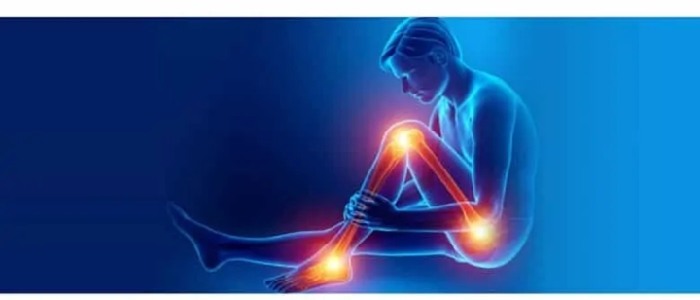Washington, May 23: Being exposed to traffic-related air pollution can alter brain chemicals in children, increasing the risk of mental disorders such as anxiety and depression, a study has found.
Exposure to air pollution is a well-established global health problem associated with complications for people with asthma and respiratory disease, as well as heart conditions and an increased risk of stroke.
According to the World Health Organization, pollution is responsible for millions of deaths annually.
Researchers from the University of Cincinnati and Cincinnati Children's Hospital Medical Center in the US studied the correlation between exposure to traffic-related air pollution (TRAP) and childhood anxiety, by looking at the altered neurochemistry in pre-adolescents.
"Recent evidence suggests the central nervous system is particularly vulnerable to air pollution, suggesting a role in the etiology of mental disorders, like anxiety or depression," said Kelly Brunst, an assistant professor at the University of Cincinnati.
"This is the first study to use neuroimaging to evaluate TRAP exposure, metabolite dysregulation in the brain and generalised anxiety symptoms among otherwise healthy children," said Brunst, lead author on the study published by the journal Environmental Research.
The researchers evaluated imaging of 145 children at an average age of 12 years, looking specifically at the levels of myo-inositol found in the brain through a specialised MRI technique, magnetic resonance spectroscopy.
Myo-inositol is a naturally-occurring metabolite mainly found in specialised brain cells known as glial cells, that assists with maintaining cell volume and fluid balance in the brain, and serves as a regulator for hormones and insulin in the body.
Increases in myo-inositol levels correlate with an increased population of glial cells, which often occurs in states of inflammation.
They found that, among those exposed to higher levels of recent TRAP, there were significant increases of myo-inositol in the brain, compared to those with lower TRAP exposure.
They also observed increases in myo-inositol to be associated with more generalised anxiety symptoms.
"In the higher, recent exposure group, we saw a 12 per cent increase in anxiety symptoms," said Brunst.
However, the observed increase in reported generalised anxiety symptoms in this cohort of typically developing children was relatively small and are not likely to result in clinical diagnosis of an anxiety disorder.
"Increased exposure to air pollution can trigger the brain's inflammatory response, as evident by the increases we saw in myo-inositol," said Brunst.
"This may indicate that certain populations are at an increased risk for poorer anxiety outcomes," he said.






Comments
Add new comment